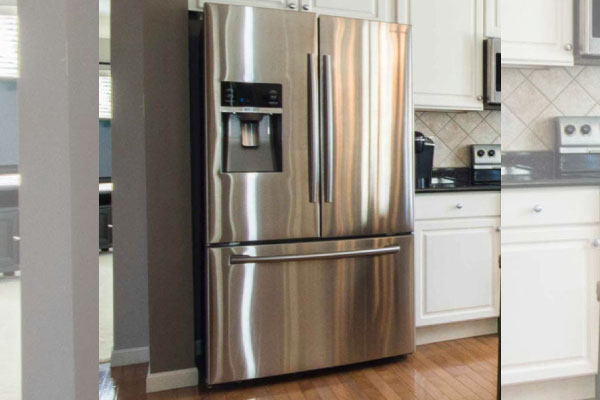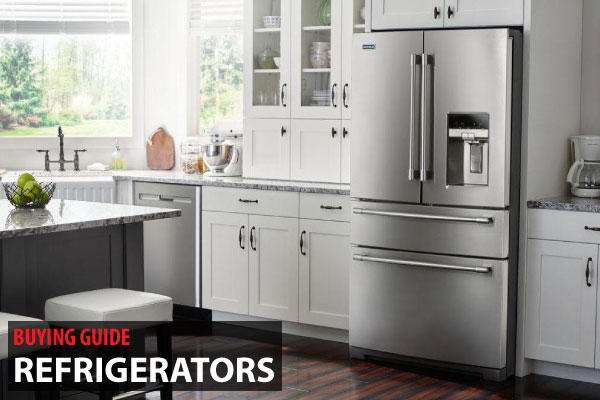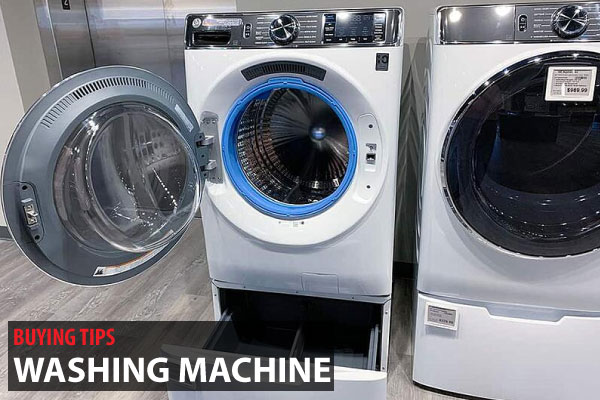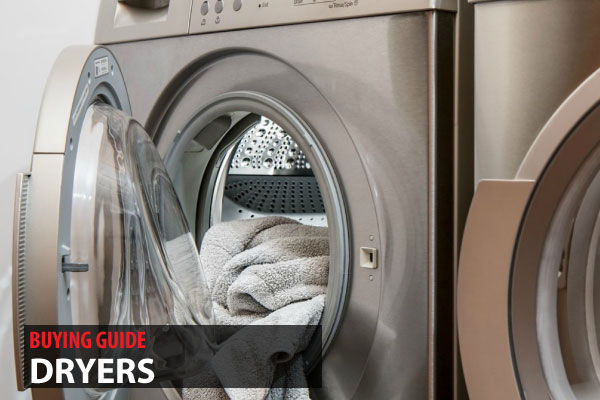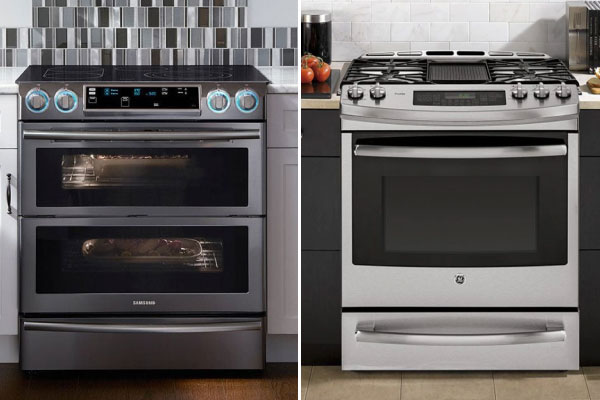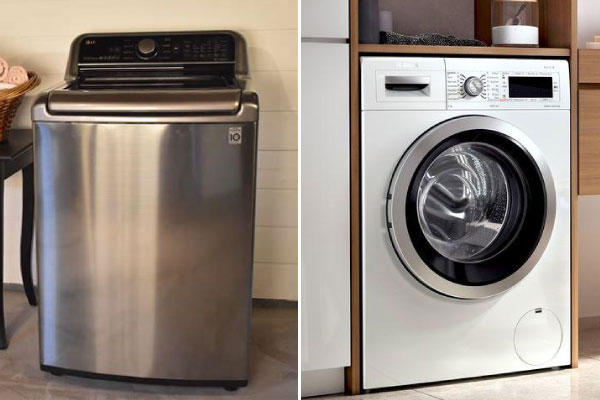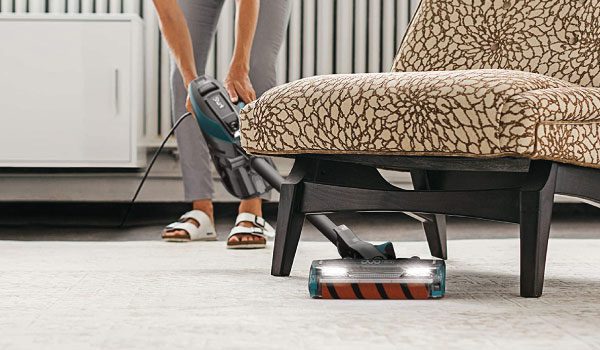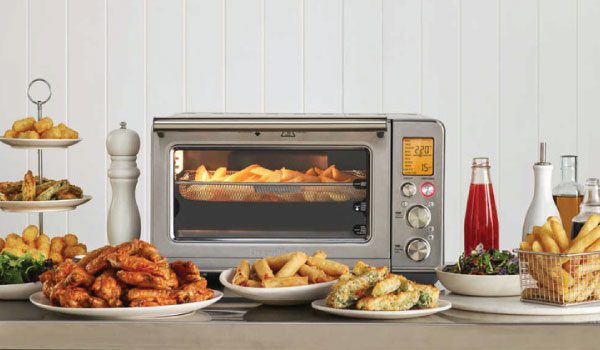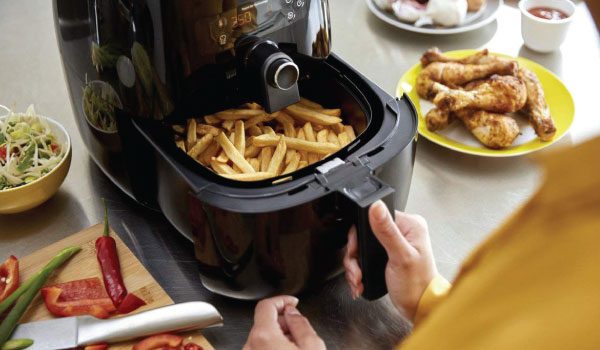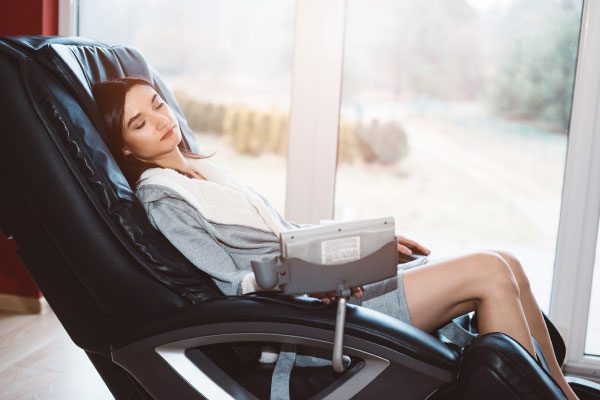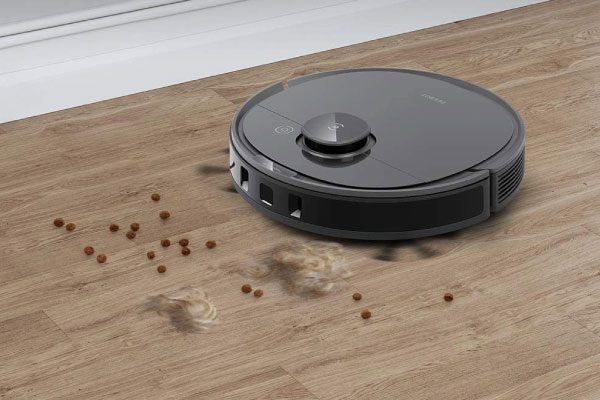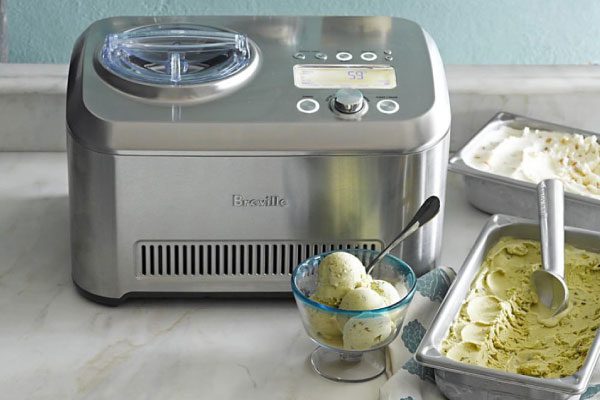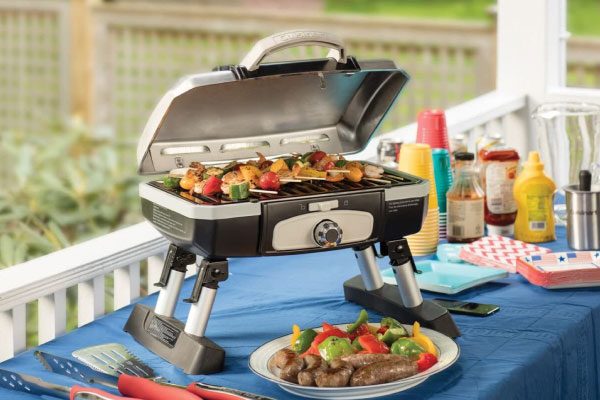Guide to Buying the Right Carpal Tunnel Braces

Carpal tunnel syndrome/CTS certainly is an uncomfortable condition with severe side effects such as tingling, pain, and numbness. You may find it hard to focus on work and may be unable to sleep. The first line of defense against CTS is the Carpal Tunnel Braces (CTB). However, you must determine the correct size; otherwise, your investment would be fruitless.
In this buying guide, we will share all the details about CTB, including their salient features, and factors to consider before buying them and make your shopping convenient.
Types of Braces
Here is an overview of the different types of Carpal Tunnel Braces.
Wrist brace or support:
This is the less invasive type of CTB, featuring a sleeve or strap that has to be fitted around your wrist to ensure both the hand and the wrist can move freely. However, it isn’t guaranteed that everyone will get relief from this CTB. It is better suited for those who want maximum movement.
Doctor Developed Premium Copper Lined Wrist Support/Wrist Strap
Doctor Developed Premium Copper Lined Wrist Support/Wrist Strap
Standard carpal tunnel brace:
This type helps keep the wrist well in place, for which a stiff fabric or splint is used with 1 to 4 compression straps. Standard CTB leaves the thumb and fingers free for movement and restricts the wrist. This type of CTB is better suited for those who need reasonable mobility while working.
This brace has been developed by certified doctors and therefore, offers flexibility and comfort. It is a relatively soft brace compared to other copper lined wrist straps/support.
Nighttime carpal tunnel brace:
This is among the most restrictive types of CTB. Nighttime CTBs, as the name suggests, are suitable to keep your entire arm immobile while you rest. It extends lower down your wrist and upwards to the hand. Some models would fully immobilize the thumb and fingers, too, and some may feature a stabilizer for the palm.
Ace Night Wrist Sleep Support
This brace is different because of its interior contouring, which helps provide the ideal fit for the hand and maximum comfort for the sleeper. It allows a unique approach to help the user enjoy restful sleep all night long.
Futuro Night Wrist Sleep Support, Moderate Stabilizing Support
Futuro Night Wrist Sleep Support, Moderate Stabilizing Support
If you want superior comfort, stability, and support while you sleep, this is the perfect companion for your ailing wrist. It can instantly reduce numbness and pain and help you sleep without any interruption or discomfort.
How to Choose the Right Size/Fit?
Choosing the right fit/size is necessary for optimal movement restriction. Some manufacturers base the sizes of their braces on wrist perimeter differences. So, before you buy one, take the measurement along. Individuals who have very small or very large than typical hands may need more research to get the right size/fit.
What about Comfort?
The sole purpose behind using CTBs is to lessen pain and discomfort and stay mobile without affecting the arm. So, if the CTB isn’t comfortable enough, the job won’t be done properly. Several factors determine the comfort level of the braces. This includes appropriate strap placement, padding, and overall fitting. Straps must hold the brace without being snugged against the palm/wrist.
Moreover, these must hit the hand on the appropriate position. Remember that a loose or ill-fitted CTB would allow more wrist movement, which may increase pain. Sufficient padding is essential to prevent chaffing and rubbing. Furthermore, it shouldn’t irritate your skin at all. Memory foam, neoprene fabric, and foam beads are all good padding options as long as you find them comfortable.
Mueller Fitted Wrist Brace Green Line Number 86271
Mueller Fitted Wrist Brace Green Line Number 86271 – Right Fitted Wrist Brace
It features a contoured design and offers optimum comfort. Available in left and right it allows better fit than many other popular braces. This is by far the best brace in terms of comfort, stability, construction and pricing.
Does Mobility Matter?
Yes, of course, it does. You want to wear braces to decrease inflammation in the median nerve present around the carpal tunnel. This nerve travels between the arm and the hand. So, to prevent inflammation, the wrist has to be immobilized so that the nerve doesn’t become inflamed while passing through the tunnel. But, this restriction of wrist movement is pretty uncomfortable, particularly in the daytime when you have to perform everyday chores or fulfill professional duties. In such a scenario, a brace allowing max mobility of fingers/thumb without confining or restricting wrist movement is better. So, if you have to wear CTB during the day, opt for the one that allows optimum mobility, and for nighttime use, lean towards wrist restricting braces.
Key Features of CTBs
Check out some of the main features of Carpal Tunnel Braces.
Reversible versus Hand-Specific
Various CTBs are there that fit the right/left hand and are convenient for those who want to use CTBs both wrists. It avoids you the hassle of finding the right braces for the affected wrist. You only need to strap them onto the arm and go about your everyday tasks. Conversely, hand-specific CTBs come for the left or right hand, and finding the right one becomes an issue. However, these tend to be better for relieving pain and immobilizing your wrist.
Splint Support
CTBs also comes with a split fitted inside the brace to hold the wrist correctly. Their material or design may vary as these come in versatile styles and are pretty effective. the two main splint types include:
● Metal versus Plastic: Metal is highly durable but not as flexible as plastic, and in this scenario, this is good. But metal splints tend to have sharp ends, which may tear the fabric faster than plastic and add unwanted mass.
● Removable splints: The selection of removable splints depends on the extent of CTS, as you not require a splint for relieving pain/symptoms. These come with thicker compression straps and fabric, effectively reducing pain. Furthermore, removable splints can be removed for machine washing the braces.
Compression straps or Compression system
This system comprises either a bungee cord, which operates via a quick lace system or straps and ensures a decent fit. As noted above, CTBs may feature up to 4 compression straps, which are held through a quick lace mechanism or Velcro, which makes the braces’ compression customizable for all parts of the hand and wrist. But, the downside is that the Velcro may lose grip if you wear the brace frequently, rendering it unusable. Compared to Velcro, the quick lace mechanism is more durable but isn’t as customizable.
Padding
Padding is essential for ensuring optimal comfort if you have to wear the braces throughout the day and night. Some braces feature memory foam, and some may have foam beads covered by breathable fabrics.
Antimicrobial fabrics
Since wearing braces for a prolonged duration makes hands sweaty, the fabric used for the braces must be processed with antimicrobial methods to prevent odors and keep the CTB clean.
Breathability
From breathability, we mean braces made from fabrics that come with ventilation mechanisms such as holes or slots, which release heat/moisture and prevent unnecessary sweating of the arm and avoid heat build-up.
Color
This may not be significant to you, but color can make a huge difference from aesthetics and cleaning perspectives. For instance, black braces are least prone to wear off and appear unclean, while beige/off-white/white braces require frequent cleaning.
Price
An average CTB can cost from $10 to $40. You may find good hand-specific and reversible CTBs in low to high price ranges and even eco-friendly braces that are free of petroleum products. There are braces made from recycled materials too that aren’t too expensive. So, the ultimate deciding factor is comfort and fit when buying Carpal Tunnel Braces.





